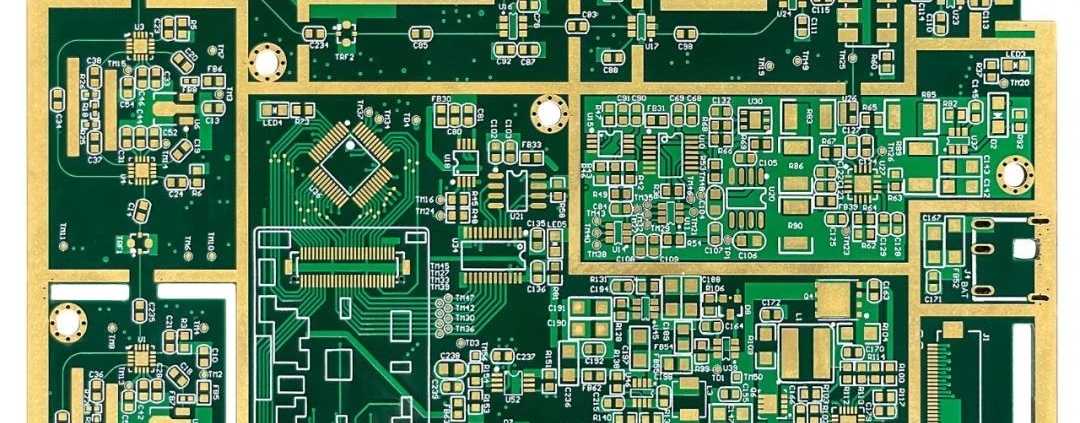Discussion on PCB ink plugging process: How to ensure the stability and reliability of the circuit board!
In electronics manufacturing, the stability and reliability of PCBs (Printed Circuit Boards) are crucial. The PCB ink hole plugging process is one of the key steps to ensure circuit board performance. It involves using special ink to fill conductive holes to prevent short circuits between different layers. This article will delve into the PCB ink plugging process and share how to ensure the stability and reliability of the circuit board through this process.
1. The importance of PCB ink plug holes
Prevent short circuit: Different conductive layers can be effectively isolated through plug holes to avoid short circuit caused by current leakage.
Ensure signal integrity: Good hole plugging technology can reduce interference during signal transmission and maintain signal clarity and stability.
Improved mechanical strength: The circuit board after plugging the holes can better withstand physical stress and improve the overall mechanical stability.
2. Key measures to ensure stability and reliability
Choose the right ink: Depending on the application needs of the circuit board, choose an ink with good electrical insulation, high adhesion, and good chemical resistance.
Precisely control the plugging process: Strictly control the temperature, pressure and time during the plugging process to ensure that the ink is fully filled and solidified.
Use high-quality equipment: Use high-precision plugging equipment to improve the quality and efficiency of plugging.
Implement strict quality inspection: comprehensively inspect the plugging effect through methods such as automatic optical inspection (AOI) and X-ray inspection.
3. Strategies for optimizing hole plugging process
Optimize design layout: Consider the need for hole plugging during the design stage to avoid an overly dense hole layout and ensure that the ink can be fully filled.
Conduct material compatibility testing: Conduct compatibility testing on inks and sheets before production to ensure that their interaction meets requirements.
Regularly maintain equipment: Regularly maintain and calibrate plughole equipment to maintain optimal performance.
Continuous process improvement: Based on production feedback and reliability test results, the hole plugging process is continuously optimized to improve the quality of the circuit board.
PCB ink plugging process is a key link to ensure the stability and reliability of the circuit board. By choosing the right inks, precisely controlling the hole plugging process, using high-quality equipment, and implementing strict quality inspections, manufacturers can effectively improve the performance of their circuit boards. At the same time, optimizing design layout, conducting material compatibility testing, regular maintenance of equipment and continuous improvement of processes will further ensure the long-term stability and reliability of circuit boards. With the continuous advancement of electronic technology, the requirements for PCB manufacturing are becoming higher and higher, which requires manufacturers to continuously innovate and improve plug hole technology to meet the challenges of the future electronics industry.



